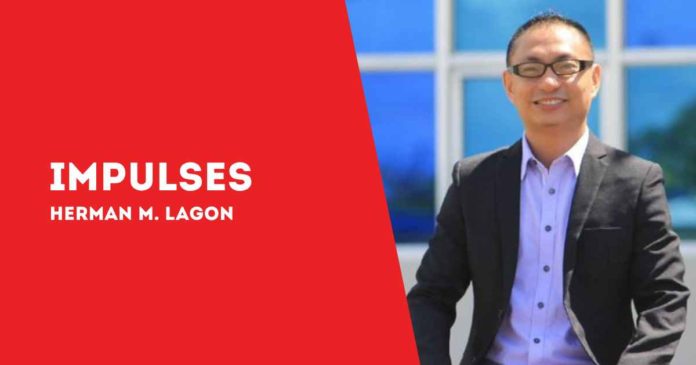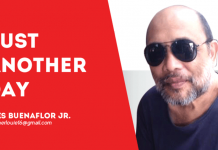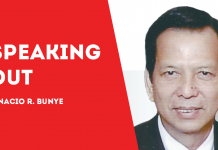
BY HERMAN M. LAGON
I WAS privileged to participate in a series of Iloilo State University of Fisheries Science and Technology (ISUFST) workshops unlike any other. Our mission was ambitious: to propel our university into the forefront of research in fisheries, agriculture, education, and technology in Southeast Asia by 2030. The compass that we believe would guide us there? Futures Thinking and Foresight.
Imagine you are a fisher at sea. Futures Thinking is your navigational chart, showing the waters you know and the uncharted ones you might sail into. It is not about predicting where the fish will be but understanding the signs that indicate where they could go, helping you decide where to cast your net.
The Futures Triangle is the tool that helps us chart our course. It asks us to consider our destination, today’s currents, and the past winds. For the newly-minted university ISUFST, the destination is clear: becoming a beacon of knowledge and innovation. The currents are the ever-changing tides of technology, societal needs, and environmental concerns — like the new apps buzzing on our phones, the shift in the local wet market dynamics, or the ebb and flow of the stock market. The winds? They are our history — the battles we have won, the storms we have weathered, and the traditions we hold dear.
We are at the helm now, plotting our route. Our choices today are informed by the pull of our goals, the push of current trends, and the weight of our historical anchors.
In plotting a course, it is vital to distinguish between the signals and drivers. Signals are those flickers on the water’s surface — a new policy that might affect our trade routes, a breakthrough in aquaculture, or a sudden viral trend. They are immediate and can ripple away quickly if not caught. Drivers are the ocean currents below — vast, deep, and powerful. They are the long-term shifts, like the warming seas or the changing tastes of our consumers.
Think of it as the weather system of change. Signals are like the rain we feel on our skin, while drivers are the climate patterns that decide the season. If signals are the sudden storms that make us adjust our sails, drivers are the prevailing winds that dictate the course we set.
Around us, we see these signs and forces at play. The rise of eco-friendly fishing methods, the shift towards online learning, or the community’s growing voice in policymaking are the signals and drivers steering the course of our university’s future.
Futures Thinking and Foresight are not just academic terms. They are the sextant and the compass we use to navigate. We chart the waters ahead with them, readying ourselves for all possibilities. This approach primes us to respond with agility, ensuring we are not caught off guard when the seas of change swell.
These methods are our bulwark against the unpredictable tides of the future. They allow us to stand firm, not just at our university but in our communities and across our nation. With a map of the future in hand, we are not at the mercy of the currents; we are setting the direction, adjusting the sails, and steering toward the horizon we have envisioned.
As we all face the dawning of tomorrow, let us consider embracing these principles. Let us use them to steer our schools, communities, and country toward our desired future. With Futures Thinking and Foresight as our guides, there is a higher possibility that we will not just drift with the currents; we will navigate them, forging the path we choose for ourselves and the generations to come.
***
Doc H fondly describes himself as a ‘student of and for life’ who, like many others, aspires to a life-giving and why-driven world that is grounded in social justice and the pursuit of happiness. His views herewith do not necessarily reflect those of the institutions he is employed or connected with./PN







